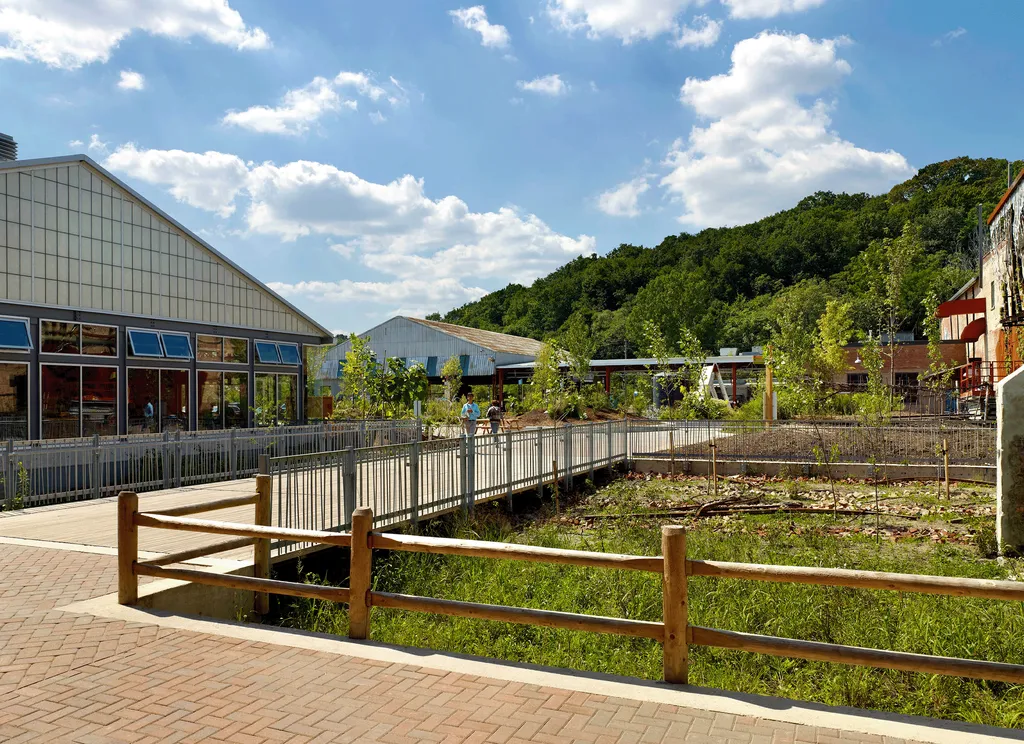In the heart of Yerevan, a city where history and modernity intertwine, a unique architectural narrative is unfolding. Researchers, led by Evlin Ordoukhanian from the National University of Architecture and Construction of Armenia, are delving into the brickwork residential buildings that dot the cityscape, revealing a blend of Iranian architectural influences and Armenian craftsmanship. Their work, published in the *Journal of Architectural and Engineering Research* (Հանդես ճարտարապետության և շինարարության հետազոտությունների մասին), is not just about preserving the past but also about shaping the future of urban preservation and energy efficiency.
The distinctive brickwork and decorative elements of Yerevan’s residential buildings are a testament to the skill of Armenian architects and masters. “The combination of decorative brick masonry and wooden balconies is more typical of Iranian architecture,” Ordoukhanian explains. “This blend points to a unique fusion of cultural influences and architectural prowess.”
But this research is about more than just aesthetics. It’s about creating a comprehensive database that can aid in the preservation and restoration of these architectural gems. By utilizing Geographic Information Systems (GIS), Ordoukhanian and her team are able to combine vector and text information, providing a 3D model that can be used for monitoring, analysis, and even energy efficiency assessments.
The implications for the energy sector are significant. “A complete database can serve as a basis for the preparation of maintenance or restoration projects,” Ordoukhanian notes. This could lead to more energy-efficient buildings, reducing the carbon footprint of urban areas and contributing to sustainable development goals.
The use of GIS technology in this context is innovative. It allows for a more accurate and comprehensive understanding of the buildings’ structures and conditions. This, in turn, can inform better decision-making for preservation efforts and energy retrofitting projects.
The research also highlights the importance of cultural preservation in the face of urban development. As cities grow and change, there is often a risk of losing historical and architectural heritage. This study underscores the need to preserve these elements, not just for their cultural value, but also for their potential to contribute to sustainable urban development.
In the broader context, this research could shape future developments in the field of architectural preservation and energy efficiency. By providing a model for how to document and analyze historical buildings, it could inspire similar projects in other cities around the world. Moreover, the integration of GIS technology in this process could pave the way for more sophisticated and effective methods of urban preservation and energy management.
As we look to the future, the lessons learned from Yerevan’s brickwork buildings could be instrumental in creating more sustainable and culturally rich urban environments. This research is a reminder that the past and the future are not mutually exclusive. In fact, they can be powerful allies in the quest for a more sustainable and equitable world.

